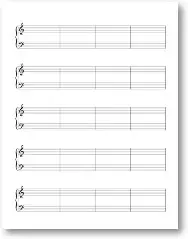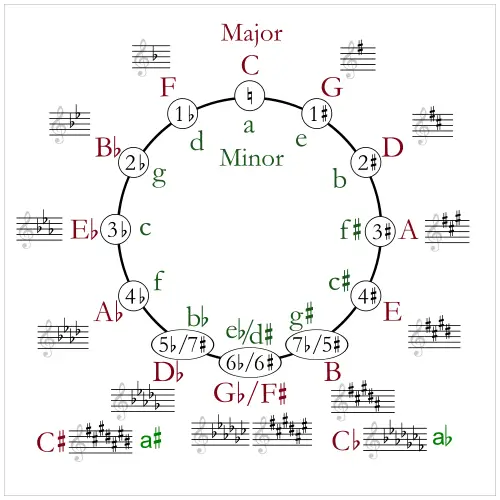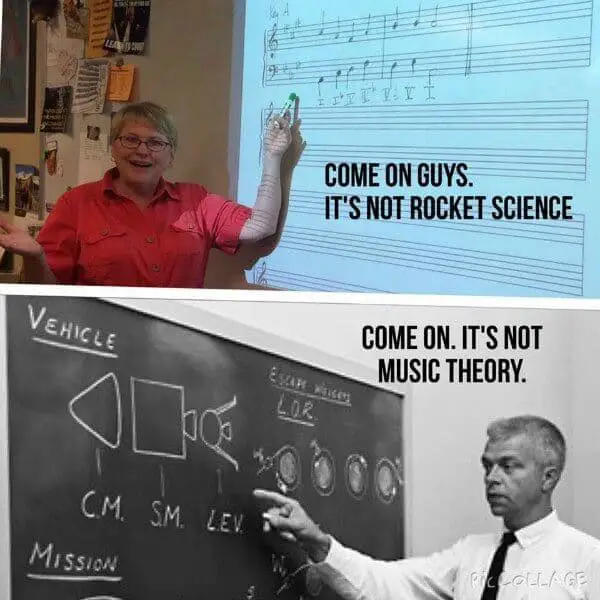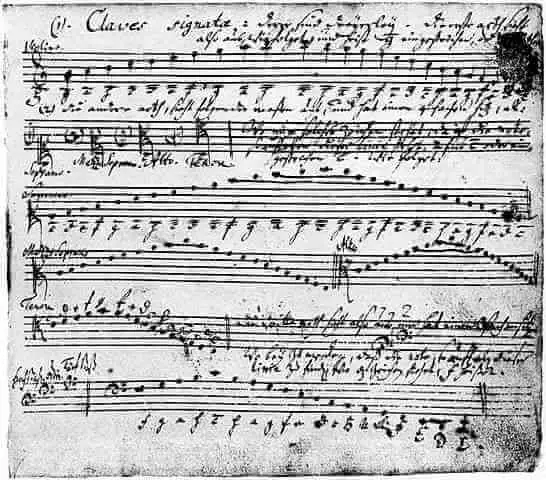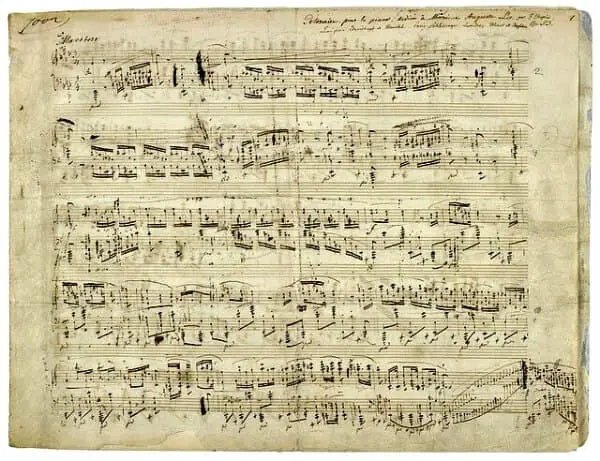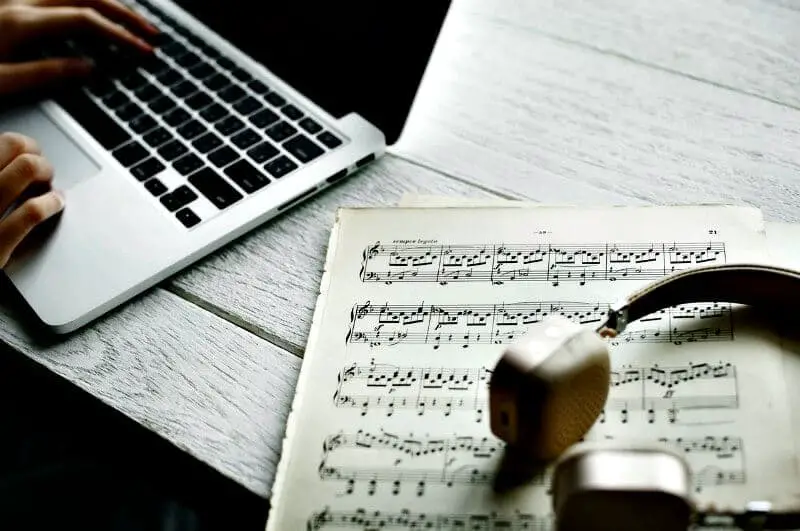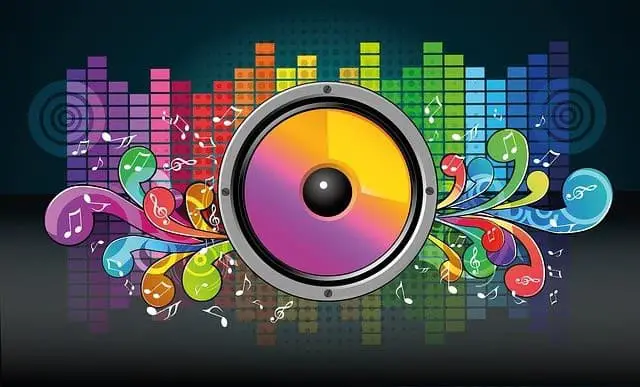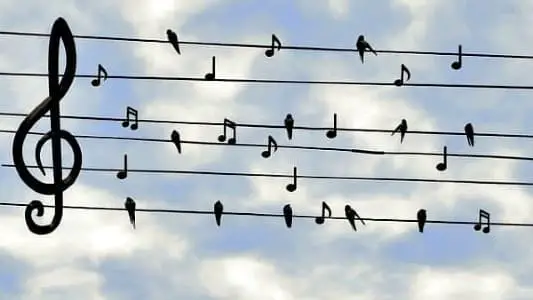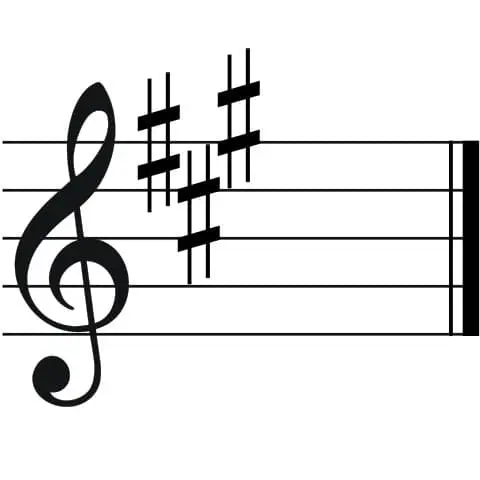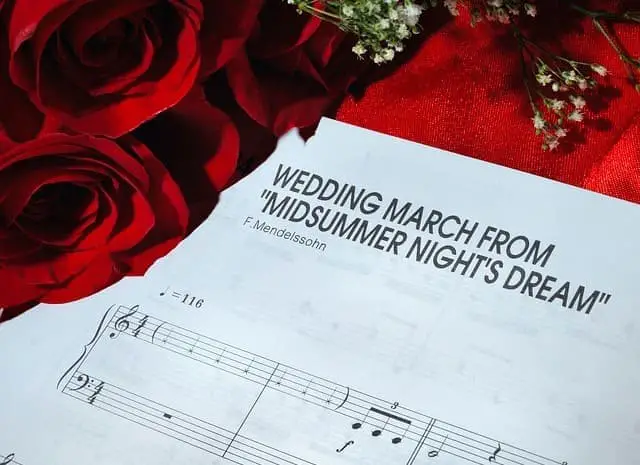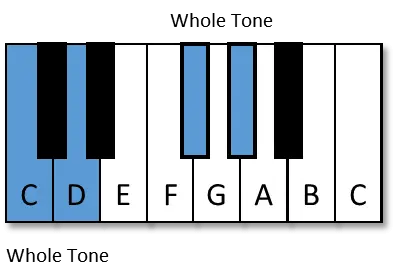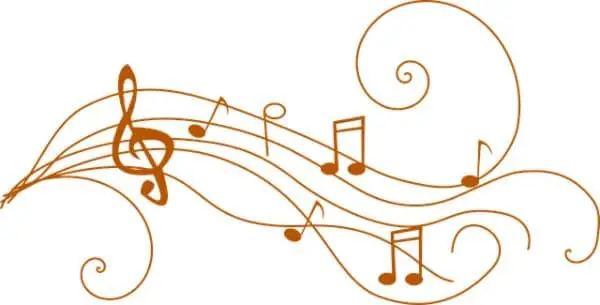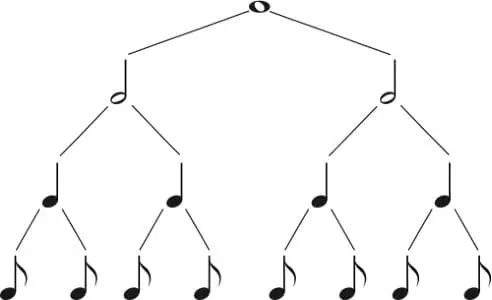- Home
- Basic Piano Theory
- Musical Staff
The Musical Staff
This article may contain compensated links. Please read the disclosure for more info.
The musical staff lines are the lines, where on and between it all happens...
They are the foundation for music notation, and the canvas for painting music! Learn more about the staff and how the notes are written on different types of staff Lines.
First, There Was One..
Different forms of musical notation have existed all over the world for many thousands of years. But in the music notation of the western hemisphere, it took until around 700 AD, to actually invent The Line…
A note written on this line could then represent an exact pitch (or tone). A note above it would be another fixed pitch, and below it another. Here it is as a red line:
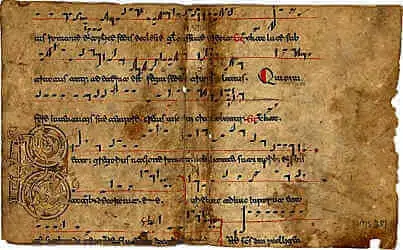 Benevetan music manuscript with only 1 red line...
Benevetan music manuscript with only 1 red line...This was a huge breakthrough, because before then, the early music notation – called Neumes - was not showing the exact tone (or pitch) to sing, but rather just indicated approximately the outline of the melody, like this:
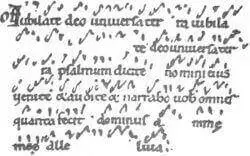 This very early music notation have no staff lines.
This very early music notation have no staff lines.Then Two, Three and Four Staff Lines
The one line soon developed into two.
Guido of Arezzo (Italy) a Benedictine monk, innovative music pedagogue and music theorist of the Medieval era, usually gets credited for the lines becoming four around 1030 AD.
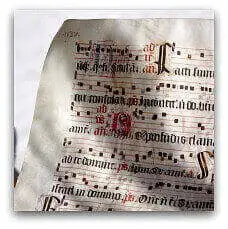 Here you can see early music notation using 4 staff lines.
Here you can see early music notation using 4 staff lines.Tip: Make sure to print out some of my free printable staff paper before you begin!
Sharpen your pencil, and practice to write the notes, clefs etc. as you learn about them. This will make everything you learn here easier to remember.
The Musical Staff or Stave
During the 16th and 17th century five lines became more and more common, as we still use them today. The five lines used for writing notes today are called a musical staff or stave:
Pitch
The staff lines show us how high or low a tone, called music pitch, is. Since you can place a note on each line and space of the staff, you have instantly 11 different pitches available on a staff:

Ledger Lines
But what if you want to play notes higher or lower than that?
Simple! Just add ledger lines, or help lines. These are small lines “helping” the notes to climb higher or lower outside the staff, like ladders:

The Grand Staff, Braces and Brackets
Most instruments use only one staff line, but the Piano and the Harp need two staves mainly because their tonal range is so wide. Print free piano staff paper here.
The lower staff is usually used for the lower pitched notes and the upper staff for the higher pitched notes.
And since both the bass (low notes) and the treble (high notes) are used all the time and played with both hands- it is simply impractical with only one staff.
Grand Staff
So, pianists and harpists get two staves combined; one for the low notes- the bass staff, and one for the high notes- the treble staff.
The musical clefs indicate if the notes are high (treble) or low (bass). Combined, they create a Grand Staff:
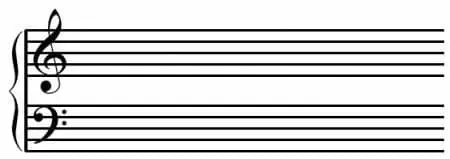
The staves are connected with a curved Brace in the beginning of the staff.
A brace shows that notes on the two staves (those that are aligned vertically) are played at the same time.
Ensemble Stave
In an ensemble, orchestra or choir score you will see many staves combined with a Bracket. As you can see it is different from the brace above:

The bracket tells us that on these musical staff lines there are different instruments played at the same time.
